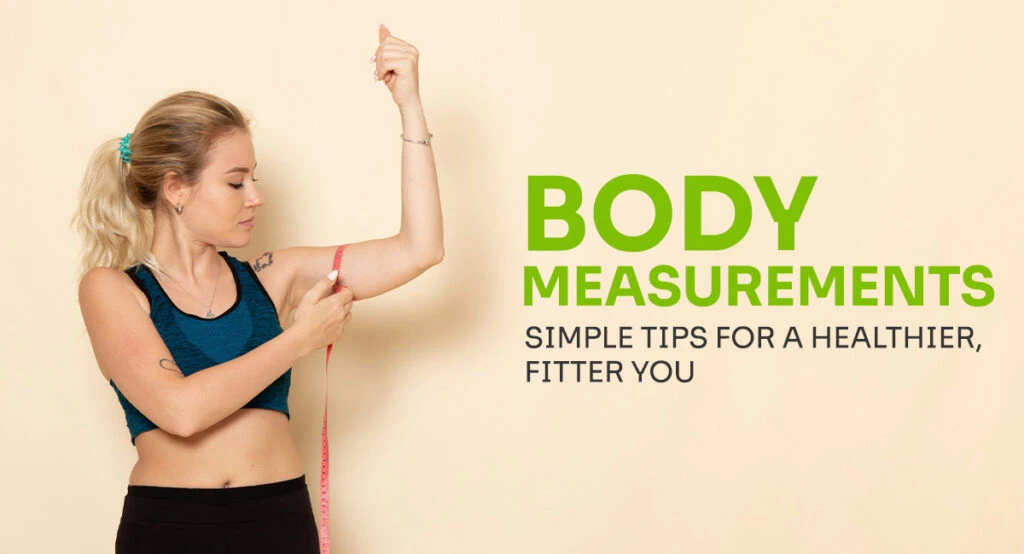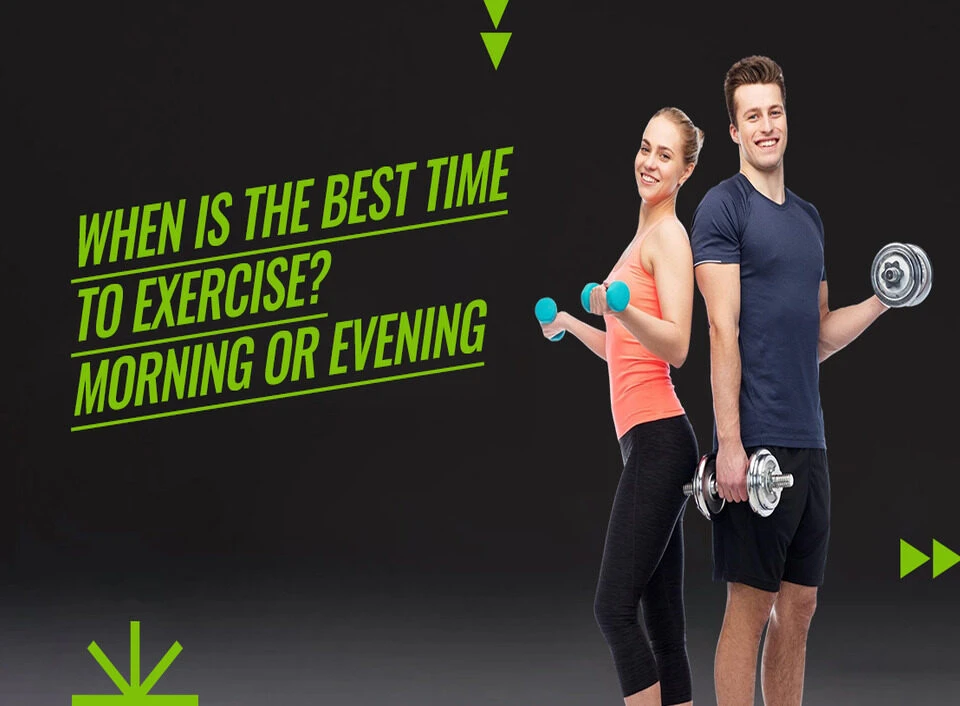Ideal Body Measurements for Men & Women: A Complete Guide

Many people consider different body measurements to be “ideal” when it comes to fitness, health, and appearance. What works for one may not work for the other; beauty and fitness depend very much on one’s taste and culture or even genetic predisposition.
However, general broad barriers within which one sees the image of a well-balanced, proportionate body do exist. Understanding may help you learn about realistic fitness goals, good posture, and overall wellness. This guide simply illustrates the ideal body measurements for a male and female: height, weight, waist-to-hip ratio, and more.
Understanding Body Measurements
Body measurements include several dimensions: height, weight, waist size, hip size, and chest circumference; the list goes on. Body measurements are the parameters that define general health, overall body symmetry, and fitness levels. Mapping body measurements is a means to fit clothing, enhance posture, and set fitness goals.
Ideal Body Measurements for Women
Most of these measurements are based on bust-waist-hip proportions typical for women. The “hourglass figure” is the one that most frequently comes into play, describing a proportionately large bust and hips and a significantly smaller-sized waist.
1. The 36-24-36 Rule
This measurement (in inches) has often been considered the classic ideal for women:
Bust: 36 inches
Waist: 24 inches
Hips: 36 inches
An hourglass figure is considered in fashion and media.
2. Everyone’s Favorite Body Type-the Hourglass Figure
There is general admiration for the hourglass figure: the bust and hips are about the same size, while the waist is laundered. Such a shape is often considered attractive because it bears the natural curves of the body. Nevertheless, women’s bodies differ from one another; some are pear-shaped, some are apple-shaped, while others are rectangle-shaped. Each becomes perfect in its way.
3. Waist and Hips Balance
What most people pay attention to very often is the width gap existing between the waist and hips. It is usually associated with good health and overall fitness when a person has a well-defined waist. However, with age, lifestyle, and genetics, one’s body shape also cannot stay the same; therefore, this measurement cannot be a perfect fit for everyone.
4. Healthy Body Weight
The ideal body weight of a person depends on his or her height, bone structure, and muscle mass. It also depends on a weight pattern that is comfortable and healthy. It is better to go for dieting with a balance of proper nutrition, exercising, and good body composition instead of thinking about that specific number.
5. Significance of Posture
A good posture enhances the beauty of body proportions. Keeping the body upright raises the shoulders and strengthens the core resulting in making the body appear more balanced and confident.
Ideal Body Measurements for Men
Most ideal body measurements for men involve well-built chests, well-trained backs, and a tapering waist. Considerations are a V-shaped upper body view where broad shoulders taper down into a narrow waist that is attractive and athletic.
1. Solid Upper Body
Shoulders and chests well developed make many men look muscular and fit. Upper bodies proportionate to lower bodies are built up with strength training and a regular workout schedule.
2. Balancing Waist-to-Shoulder Ratio
A slim waist and broad shoulders give a balanced athletic appearance. The waist of the individual should not be very wide about the chest and shoulders. Keeping the waist proportional to the rest of the body is done by having a healthy weight and being active.
3. Overall Body Strength
Maintaining an essentially well-proportioned physique is not just about measurements but strength and endurance. A body of any size, athletic or toned, is very pleasing to the eye. Achieving this sensation of strength and balance must be maintained by regular activity: strength training, stretching, and cardiovascular activities.
4. Healthy Body Weight
As with females, male ideal body weight varies with height, muscle mass, and general health. Being fit and healthy is more important than any number on the scale.
Why Ideal Measurements Differ for Everyone
As much as many people want to speak about “ideal” body measurements, the fact remains that each body is different. The major factors that together influence body shape and size include:
– Genetics: Structurally, one has inherited the natural body structure from the family. Some people have very broad shoulders naturally, while others are more on the slender side.
– Lifestyle: Regular exercise, diet, and any outside activity influence the shape of the body over the years.
– Muscle Vs Fat: Two people having the same weight can look entirely different depending on how much muscle and fat they have.
– Cultural Standards: Cultural standards of beauty differ from one society to another and keep changing over time. What may be attractive in one culture may not even be considered attractive elsewhere.
It would be wise to forget about an “ideal” measurement altogether and accept one shape and work for a fit and healthy body.
Prefer Health over Perfection Measure
More than measuring up to any one specific would-be ideal, it is important to keep one’s eyes on the goal of overall health and well-being. Following are a few of the simple techniques to keep fit and strong:
– Intake an adequate balanced diet containing proteins, healthy fats, and vitamins.
– Moving a lot, engaging in outdoor activities like walking, running, yoga, and strength training.
– Posture will enhance appearance and balance.
– Sleep will help the recovery of the body and provide strength.
– Avoid crash dieting and put your efforts into developing long-term healthy habits.
Conclusion
There is no best body measurement for any man or woman, as every body is different – it is more an individual subject from genetics through lifestyle to the choices made by that individual. Rather than attaining perfect unreal standards of beauty, the pursuit of health, fitness, and self-worth should matter since the body is beautiful at any size if strong and well-balanced.
As these activities are part of eating and sports, that would be your body’s natural bodily shape. A person truly becomes attractive with confidence and healthy living!



